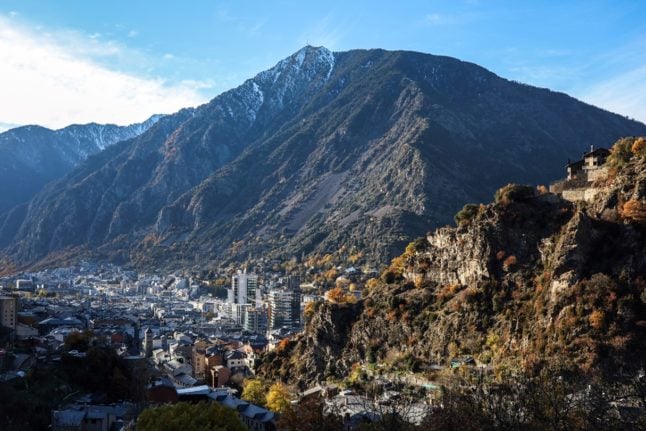Her National Rally (RN) party has focused on security, immigration and extremism in its campaign – issues at the centre of the country’s current political debate that have forced candidates across the spectrum to lay out their agenda.
“We’re at the political heart of the country,” Le Pen boasted at a campaign stop in the town of Saint Chamond in southeastern France earlier this month.
The regional vote, which was delayed because of Covid, is being closely watched as the last political test before next year’s presidential election.
READ ALSO: OPINION: Enemies of France should not see Le Pen victories on Sunday as a sign of things to come
As a third wave of the coronavirus pandemic ebbs in France, surveys show that crime and terrorism are among the leading priorities for French people.
Recent events have kept the issues in the headlines: from several fatal attacks on the police this year to the beheading of a teacher in the street in late 2020 by a radical Islamist, which supercharged a longstanding debate about integration and Islam.
The government of President Emmanuel Macron has pushed new legislation to combat violence and extremism, while the centre-right Republicans opposition has also sought to position itself as the true party of law and order.
READ ALSO: What’s at stake in France’s regional elections?
Ahead of the vote, which takes place over two consecutive weekends, Le Pen has made no apologies for focusing her campaigning on national policy issues such as crime and policing.
She has her eyes firmly set on the presidential polls in April and May next year, which surveys currently show could come down to a duel between her and Macron, in a repeat of the 2017 election.



 Please whitelist us to continue reading.
Please whitelist us to continue reading.
Member comments